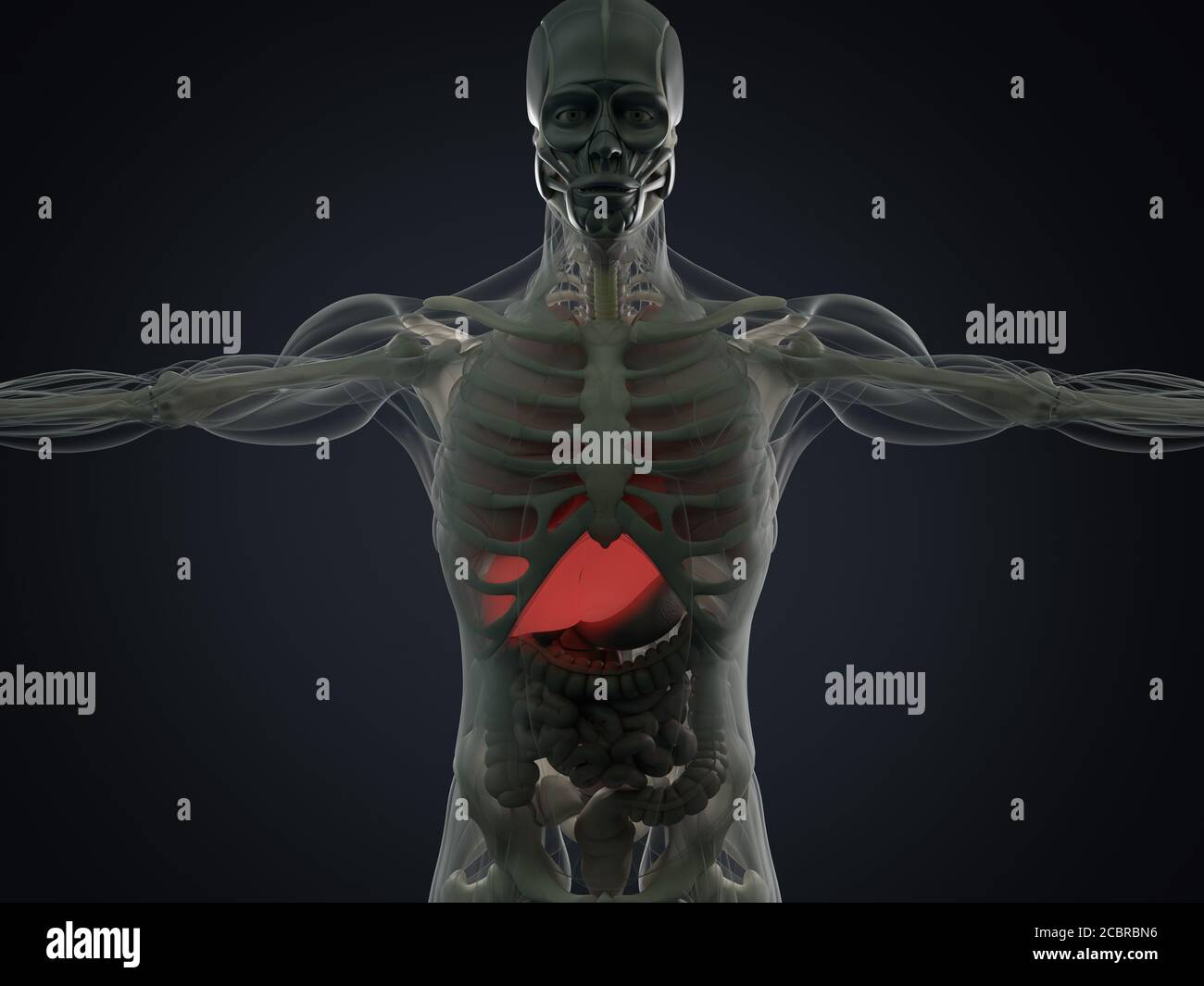

The left medial segment receives blood from the entire gastrointestinal tract.


On the other hand, the functional right lobe of the liver processes blood coming from the head of the pancreas, the pylorus and antrum of the stomach, and the midgut via the superior mesenteric vein. The left lateral segment processes blood from the stomach and lower esophagus, distal body and tail of pancreas, the greater curvature of the stomach, and the hindgut by way of the splenic, gastric and inferior mesenteric veins.

It is further subdivided into segments IVa and IVb. Segment IV includes the entire left medial lobe anteriorly, and the quadrate lobe viscerally.Segment III is the anteroinferior part of the left lateral sector.Segment II is the posterosuperior segment of the left lateral sector.Segment I – the caudate lobe – is the posterosuperior part of the left medial sector.If the patient is supine, and the liver is reflected along its inferior border towards the diaphragm, the segments would be numbered in an anti-clockwise manner around the porta hepatis. It should also be noted that because of the rounded shape of the lateral border of the liver, the right medial and right lateral sectors are sometimes referred to as the right anterior and right posterior sectors, respectively.Įach sector is subsequently divided into two, producing eight hepatic segments. Unlike the other sectorial markings, there is no visible impression on the liver that illustrates the division of the functional right lobe. Similarly, the functional right lobe is divided into the right medial and right lateral sectors by an oblique line that passes anteroposteriorly from the midpoint of the right lobe to the vena caval groove.
Complete anatomy of the irritated liver full#
Soon your brain is going to be full of all things liver anatomy - but don't forget about the rest of the digestive system! Test yourself on all digestive system structures with our digestive system quizzes and learning tools. The left lateral lobe lies to the left of the fissures and falciform ligament, while the left medial lobe lies between this line and the main demarcation that separates the liver into its functional lobes. The functional left lobe is divided into a left lateral and a left medial sector along the attachment of the falciform ligament and through the fissures for ligamentum venosum and ligamentum teres. Right lobe: right lateral and right medial sectorsĮight segments (I-VIII), with the fourth one being divided into (a) and (b) parts (IVa, IVb)Įach functional lobe can then be further subdivided into their respective sectors. Left lobe: left lateral and left medial sectors Line through the midline of the gallbladder and inferior vena cava. Key facts about the functional division of the liver This article will outline the sectors and segments of the liver in addition to the blood supply and portacaval anastomoses. In a way it follows a similar logic to the lungs. Specifically, you can study and think of the liver in two separate ways - an anatomical one divided into lobes and a functional one divided into sectors and segments. This organ is not only special due to its function, but also due to its organization. The majority of the substances that are ingested, and subsequently digested, are absorbed from the lumen of the small intestines and passed to the liver by way of the hepatic portal vein. Sometimes no etiologic factor can be determined.The liver is the primary processing facility of the body. Other toxic substances, generated in the intestines as a result of fermentative processes, or resulting from deficient functional activity of certain organs such as the liver, the kidneys, the skin, may also contribute to the development of hepatic cirrhosis. Bacteria may cause cirrhosis in part directly and in part indirectly, through the poisons they generate. Of the former, some are derived from without, as alcohol, lead and highly irritating foods. These influences are principally either toxic or bacterial. Hyperplasia of the interstitial connective tissue of the liver, with secondary contraction, results essentially through the agency of irritating influences conveyed to the organ through the portal vein or the hepatic artery, possibly also through the bile-duct.


 0 kommentar(er)
0 kommentar(er)
